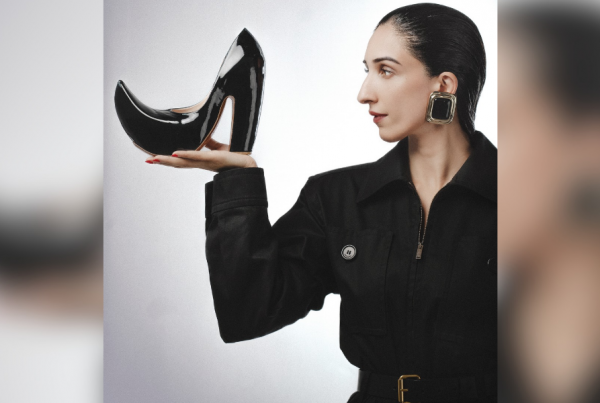I have friends in the front row; you tend to bond with people you sit with season after season, year after year. Pretty much everyone is known to the other but while my fellow journalists and I once had serious discussions on the merits of a collection, I have to say that most of us in the front row now suffer the pathological need to photograph ourselves. In fact you’d be forgiven for thinking that most of us are there just to take the perfect selfie! Agreed that all gorgeous, pretty young things wearing fashionable clothes and the very best and latest of brands must be tempted to self-project but as journalists on an assignment – for print or digital – we need to take the clothes on the runway a little more seriously than the clothes on our back.
“I’ve never taken a selfie and I don’t plan to start now,†Anna Wintour infamously said when she was interviewed for The September Issue. Wintour is undeniably the most powerful fashion personality in the entire world and her words obviously make sense. I could be found guilty of participating in the odd selfie every now and then but I hereby pledge to resist from now on.
Because the addiction to selfies invariably leads to the obsession with the first person.
As journalists we are instructed to write in third person, not first person. The I or Me was always ONE. ‘ONE feels that the collection lacked substance’ as opposed to ‘I didn’t like it’. Blogging vernacular has relaxed the rules, of course, and the use of the pronoun WE has crept into our writing, even mine. The thought of subjecting my reader to ME throughout the story he is looking for, horrifies me. The problem with the modern day blogger isn’t whether he or she is more relevant than the print journalist (we all followed that debate on Vogue.com); there’s no denying that the future of information is online. The problem is that the average blogger is mostly in it for self-projection, not news dissemination and the self-obsession begins with the selfie. It’s the tell-tale sign of someone more interested in her eyeliner than the construction of a garment sashaying past her.
“We’re often appalled to see journalists busy taking their own pictures while a collection is being showcased,†one designer recently commented at the PFDC L’Oreal Paris Bridal Week in Lahore. “How can they give an unbiased opinion about a collection they’re not even looking at? It’s so disrespectful.†I have to confess that sometimes the fabric lining the inside of one’s handbag appears more exciting than the collection on the runway but still, one has to be fair.
Countless articles have been written about narcissism and its connection with the selfie; countless medical studies have been conducted, researching the mental and pathological ramifications of what is now being referred to as an epidemic. But we continue to be obsessed with perfecting the pout and photographing ourselves rather than devoting the same time and energy to the assignment we’re supposed to be working on.

Chiara Ferragni is practically a celebrity, with nearly 7 million followers on Instagram.
The only way blogging will be taken seriously is when we, the bloggers, take it seriously as a profession. The same rules/ethics of journalism that apply to print apply to digital as well and when reporting a story or writing a review, it’s important to keep the ‘I’ out of it and be interested, primarily. If you’re wondering how Chiara Ferragni or countless Insta-girls who only post pictures of themselves get away with it then understand that they are Insta-girls not bloggers. Their Instagram feeds feature them as a subject and with over six million followers (as Chiara has) they have celebrity status.
That’s very different from the role of a journalist or blogger who is covering fashion week. One can be either but needs to decide which one. That difference really does need to be established and understood. Preferably before the next fashion week.
This article was first published in Instep, 18th October 2016.Â





